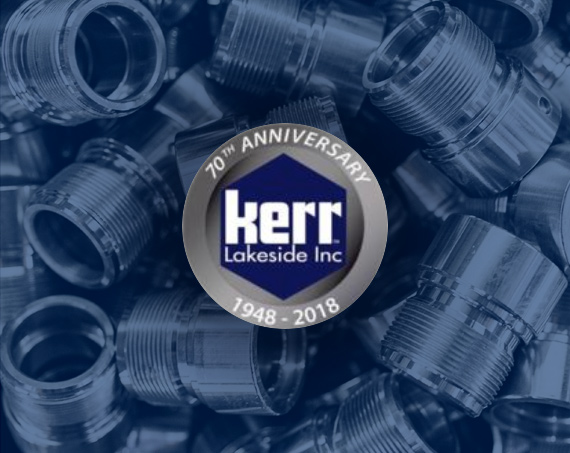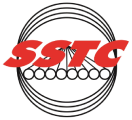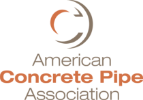In the context of metallurgy and wire manufacturing, "cast" and "helix" refer to specific physical properties of drawn coiled wire that affect its performance and handling characteristics when laid out onto a flat surface. These properties affect how the wire performs during handling, installation, and operation.
1. The cast of a wire refers to the diameter of the natural loop formed when the length of wire is cut and laid onto a flat surface without any applied force. It is measured by cutting the length of wire (often around 20 feet), placing it on a flat surface, and observing the size of the loops it forms.
2. A large cast (big loops) means the wire has less residual stress and is easier to handle. A small cast (tight loops) indicates that the wire has been highly stressed and might be more difficult to straighten during processing.
3. Cast is a result of the wire's "memory" of being wound around a spool or drum during production. It is important to ensure proper spooling and to minimize kinks or deformation.
4. Helix refers to the spiral or corkscrew-like shape that wire may form when extended. It's the tendency of wire to rise out of a flat plane when uncoiled. A higher helix means the wire has a tendency to spring up instead of lying flat, which can affect its usability in automated processes.
Reference ASTM F2754 Standard Test Method for Measurement of Camber, Cast, Helix and Direction of Helix of Coiled Wire for specific details. This copyrighted standard can be purchased by going to ASTM.org.
Controlling cast and helix is a necessity in wire production and it is achieved by adjusting tension control during the drawing process.
The characteristics and advantages of proper cast and helix
For bright basic drawn wire (wire that has been cold drawn without additional coating or treatments) cast and helix have several important effects:
1. Proper cast and helix allow wire to feed smoothly through machinery during subsequent manufacturing processes. Wire with appropriate cast and helix is easier to handle, pays off simply from spools, and can easily be fed through machinery.
2. Straightness in finished products: Excessive cast or helix can make it difficult to create straight wire products or can cause alignment issues in assemblies. Additionally, it can cause feeding and straightening issues in forming machines.
3. Wires with inconsistent cast or excessive helix may not form accurately, affecting product precision. If the wire retains too much stress, it may not hold the desired shape after bending.
4. Poor cast and excessive helix can lead to tangling or difficulties in unspooling. A strong helix can cause difficulties in handling, as it may not lay flat and can create issues when being inserted into equipment or pulleys.
5. A controlled helix is essential for consistent feeding and forming operations.
Optimizing Cast & Helix in Wire Production
Creating optimum cast and helix ratings results in a high-quality wire that meets exacting requirements. The following are several processes and methodologies to achieve these goals.
1. Controlled Drawing Process: Proper die selection and lubrication reduce excessive stress.
2. Stress Relieving: Annealing or controlled rolling processes can help relieve internal stress.
3. Correct Coiling Methods: Using spools, reels, wire carriers and controlled payoff systems ensure minimal distortion.
4. Wire with excessive helix might need to be reworked or straightened before use to ensure smooth operation.
5. Proper installation: Wires with excessive helix or incorrect cast will not pay off properly during the next operation.
6. Smooth operation: Reducing unwanted twists helps maintain the longevity and effectiveness of the wire.
7. Poor cast or excessive helix can cause unexpected behavior in tensioned applications, potentially leading to wire breakage.
8. Ease of handling: A wire with an appropriate cast and minimal helix is easier for the machine operator to work with.
At Beta Steel, we test and control cast and helix to meet specific customer requirements, ensuring that the wire we produce performs optimally in high production conditions. Contact your Beta Steel customer service representative to discuss your specific requirements.









